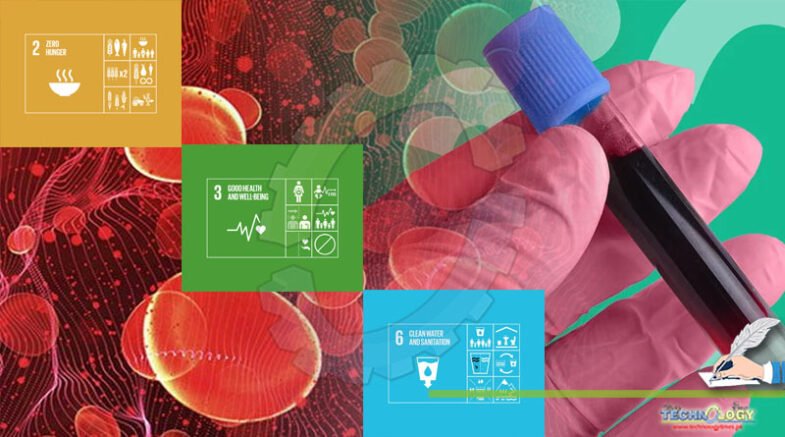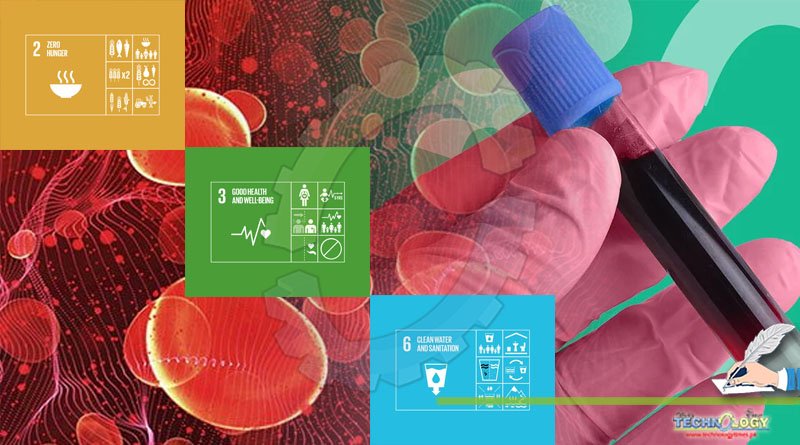In Pakistan, anemia is a major contributor to morbidity and mortality, particularly among women and children.

Anemia is a common condition characterized by a decrease in the number of red blood cells or hemoglobin in the body. It is a major public health issue that affects people of all ages, but it is particularly prevalent in women and children in developing countries. In Pakistan, anemia is a major contributor to morbidity and mortality, particularly among women and children. It is also a major barrier to the achievement of several Sustainable Developmental Goals (SDGs) in the country.
Pakistan has made significant progress in reducing maternal and child mortality in recent years, but anemia remains a major challenge. According to the Pakistan Demographic and Health Survey (PDHS) 2018-19, about 44% of women of reproductive age and 61% of children under five years of age are anemic in Pakistan. The prevalence of anemia is higher in rural areas, where access to health services and nutritious food is limited.
Anemia can have serious consequences on the health and development of individuals, particularly pregnant women and children. It can lead to low birth weight, preterm delivery, and increased risk of mortality in newborns. In children, it can affect cognitive development, school performance, and overall physical growth and development.
The causes of anemia in Pakistan are complex and multifaceted. They include poor dietary intake of iron and other essential nutrients, frequent infections, and lack of access to clean water and sanitation. The traditional practice of male preference in nutrition, known as the “dowry syndrome,” also contributes to its high prevalence among women in Pakistan.
To address the issue of anemia in Pakistan, it is essential to adopt a multi-sectoral approach that addresses the root causes of the problem. This includes improving access to nutritious food, clean water and sanitation, and primary health care services. It also involves strengthening the health system, including the expansion of health education and promotion programs that promote healthy behaviors and lifestyles.
The government of Pakistan has recognized the importance of addressing anemia and has included it as one of the key health indicators in its National Health Policy 2017. The policy aims to reduce its prevalence among women of reproductive age and children under five years of age to 30% by 2030.
In addition to addressing anemia, the achievement of several SDGs in Pakistan is also closely linked to the reduction of anemia. The SDGs, also known as the Global Goals, are a set of 17 goals adopted by the United Nations in 2015 to end poverty, protect the planet, and ensure peace and prosperity for all.
SDG 2, which aims to end hunger, malnutrition, and all forms of food insecurity, is particularly relevant to the issue of anemia in Pakistan. Ensuring access to nutritious food is essential for preventing anemia and other nutrition-related health problems.
SDG 3, which aims to ensure healthy lives and promote well-being for all, also includes specific targets for reducing maternal and child mortality, including reducing the number of newborns with low birth weight. Reducing the prevalence of anemia among pregnant women is critical to achieving this goal.
SDG 6, which aims to ensure availability and sustainable management of water and sanitation for all, is also relevant to the issue of anemia in Pakistan. Access to clean water and proper sanitation is essential for reducing the risk of infections, which can contribute to anemia.
In conclusion, anemia is a major public health issue in Pakistan that affects the health and development of women and children, and is a barrier to the achievement of several SDGs in the country. To address the issue of anemia, it is essential to improve access to healthcare, promote education and awareness, improve access to nutritious foods, provide iron supplements and address underlying health conditions.
